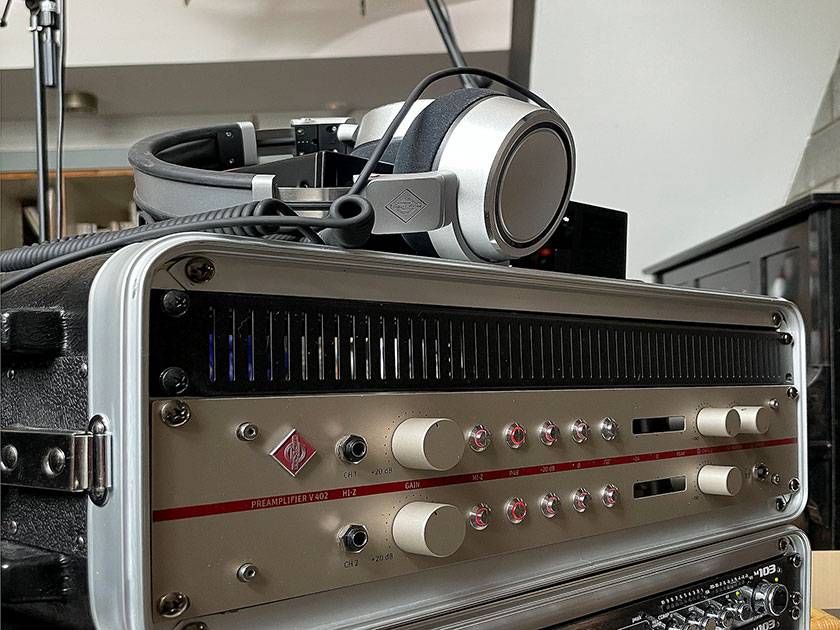
<Neumann’s Closed-Back Headphones, NDH 20>
Neumann, known for products like the KH 80 DSP and NDH 30, has been actively releasing monitoring equipment in recent years. Their first monitor was the KH 120 in 2011, followed by the NDH 20, a closed-back headphone launched in 2019, which quickly gained attention.
In another article, I reviewed the latest open-back headphones, NDH 30, but here I will focus on the closed-back NDH 20.
Neumann / NDH 20 Studio Monitoring Headphones
Powerful Sound Unique to Closed-Back Design
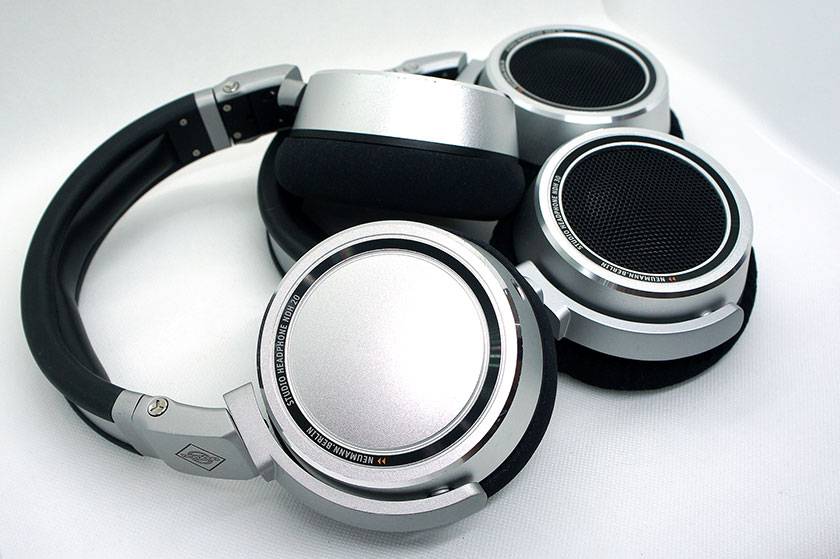
<The closed-back NDH 20 (front) and the open-back NDH 30 (back)>
Upon first listening, the sound was impressively energetic. In an article on my website, I described it as having a ‘plywood-like’ quality. It delivers a powerful sound with no peaks or dips across the frequency range, from low to high frequencies, producing a flat yet forceful output.
Compared to its sibling, the open-back NDH 30, while there are some similarities in sound characteristics, it can be considered a different sound. The main difference comes down to the structural differences between closed-back and open-back designs.
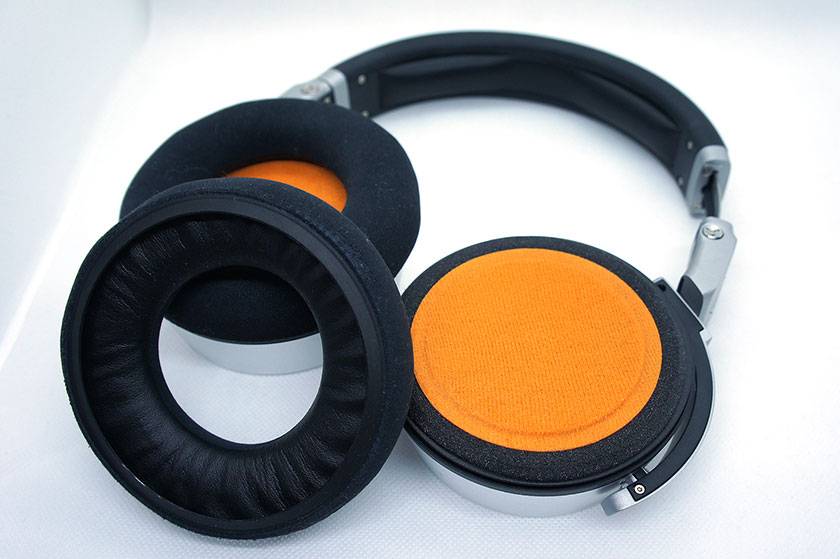
<Unit and Replaceable Earpads of NDH 20>
With a wide frequency response of 5Hz to 30kHz, extending beyond the audible range, the NDH 20 lives up to its specs with a wide range sound. The tight and defined low frequencies are particularly notable, making it a great solution for those who struggle to check low-end frequencies when speakers can’t be played loudly.
The wide and flat sound is produced by a 38mm neodymium magnet dynamic driver, featuring a two-layer diaphragm called Doufol, patented by Sennheiser.
While the sound leans toward an energetic profile, it seems more suited for genres like rock or pop, where its powerful sound can motivate and create aggressive mixes. For classical or jazz, the mid-to-low range of instruments may sound slightly wild. That said, for rock or pop, the NDH 20’s power boosts motivation, making it great for creative sound design. It feels more like a monitor-focused sound, ideal for arranging music rather than just listening.
Robust and Convenient Hardware
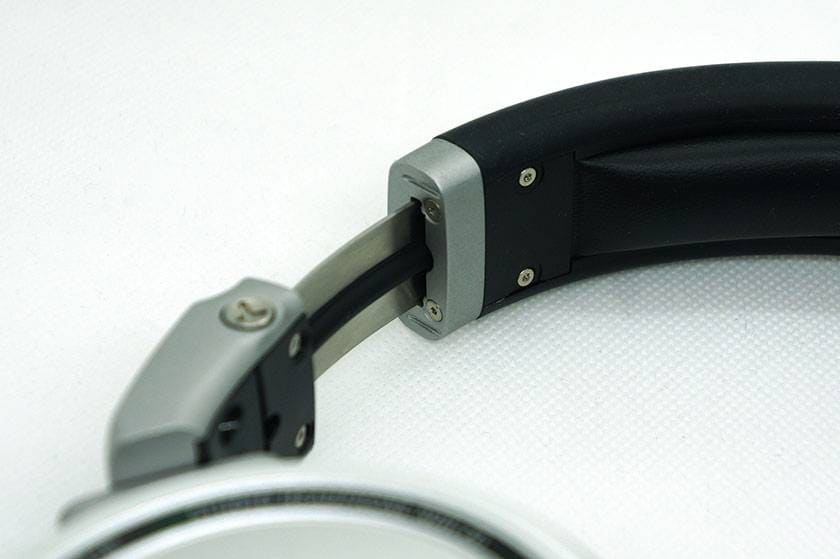
<Comfortable and Sturdy Headband>
German audio equipment is not just known for its sound quality, but also for its robust mechanical parts, such as screws, metal elements, joints, and moving parts. Neumann holds true to this reputation, and the NDH 20 feels solid and reliable with robust hardware.
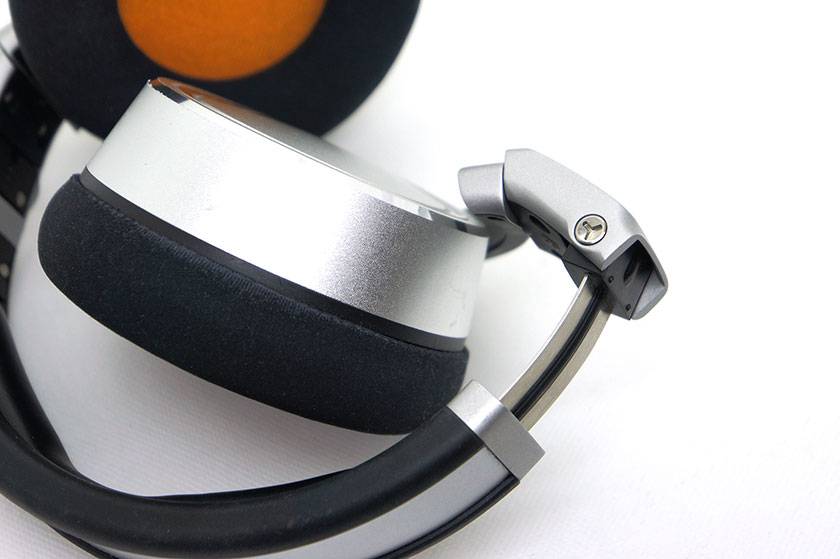
<Folds to About 90 Degrees>
The headband offers a precise click adjustment with each extension, signaling a well-built internal structure. The ear cups fold at about 90 degrees at the ends of the headband and lock into position, providing a secure and firm locking feel when fully opened.
All mechanical components are fixed with special screws, setting this headphone apart from plastic models with a luxurious feel. The Neumann logo on the sides isn’t just a sticker or silkscreen print but is engraved, giving it a permanent presence.
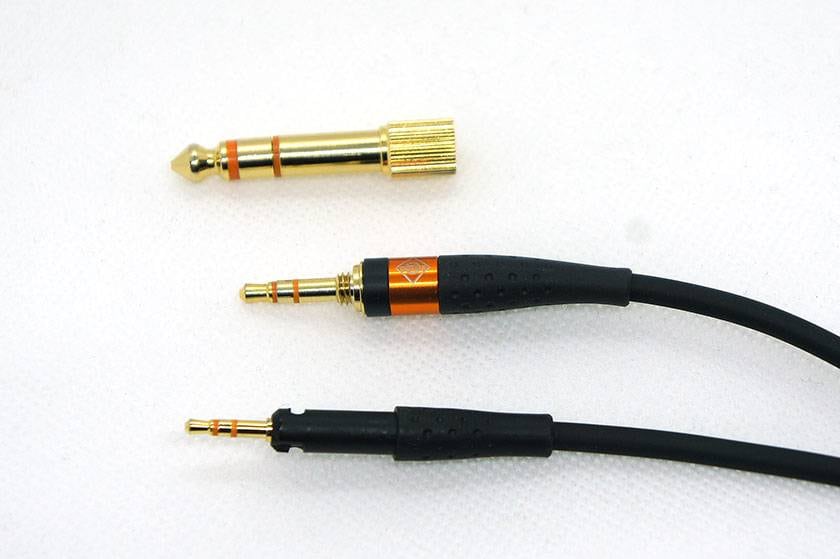
<Specially Designed Cable>
The cable is also specially designed, with a lockable connector that ensures it won’t come loose from the headphone unit. The plug is a 2.5mm stereo mini-plug, with a 3.5mm adapter featuring Neumann’s signature orange color as an accent, showing the company’s attention to detail even in the smallest parts.
After more than a year of use and bringing it to various locations, I still feel as confident using the NDH 20 as when I first bought it. The headband and ear cups are particularly durable, and although there are some scratches, there is no sign of malfunction. In fact, the headphones now feel like they’ve earned the rugged look from traveling between studios.
Ideal for Musicians Who Record and Mix at Home
Considering the specs, sound quality, and usability, the NDH 20 is perfect for musicians and arrangers who record and mix at home.
As it’s closed-back, the NDH 20 doesn’t quite match the open-back NDH 30 when it comes to being ‘fatigue-free’ and having a ‘natural sound’. If you’re only using headphones for mixing, you might want to focus on the NDH 30.
However, since open-back headphones cannot be used for recording, if you need one set of headphones for both recording and mixing, the closed-back design is the way to go. The NDH 20 is particularly good for recording, as it has high sound isolation and minimal sound leakage. Its powerful and motivating sound makes it a great choice for musicians who record and arrange music at home.
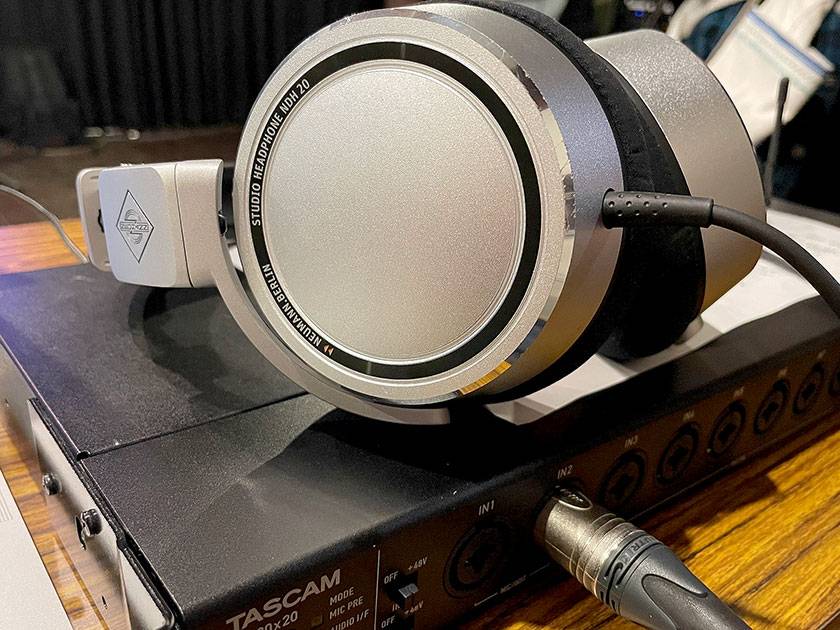
<Large in Size, So Check the Fit>
One downside is its weight—it features excellent sound isolation, but it weighs about 390g, making it quite large headphones. It may not be ideal for casual listening on the go, such as iPhone playback on your commute.
So, what do you think after this introduction?
As I mentioned earlier, I’ve been using the NDH 20 for over a year now, and I’ve gradually grown to like it more and more. Initially, I felt the sound was a bit too energetic, but after some break-in time, it settled down, and the durability has given me a sense of reassurance. Over time, I found myself thinking, “This is actually really good.” The same thing often happens with Neumann microphones — you listen to a finished work and think, “Neumann really is great.” It makes you realize that Neumann’s headphones carry the same quality as their mics. If you get the chance, I recommend checking out both the closed-back NDH 20 and the open-back NDH 30.
The “sound & person” column is made up of contributions from you.
For details about contributing, click here.





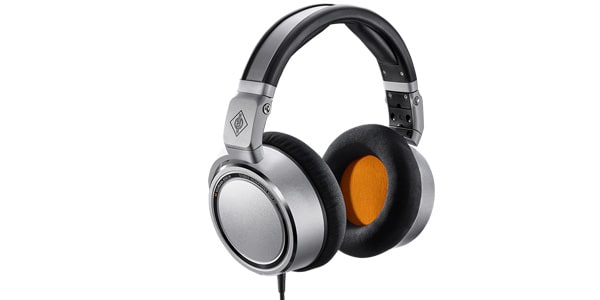







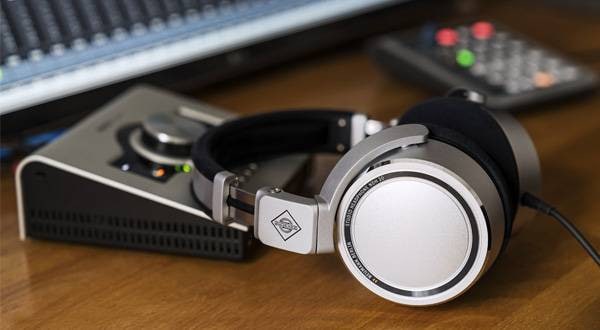
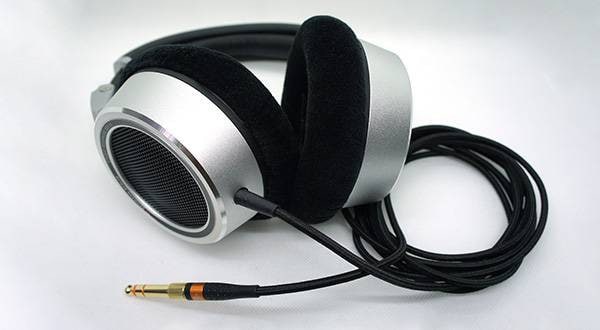
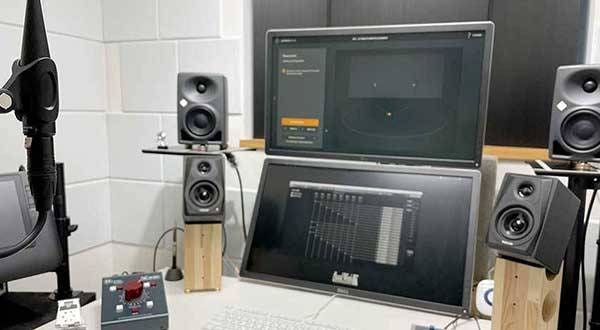
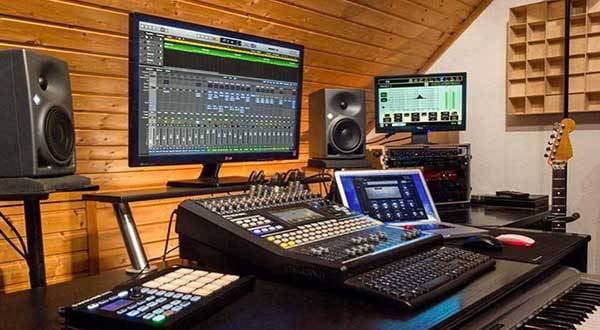


 Neumann KHモニタースピーカー
Neumann KHモニタースピーカー
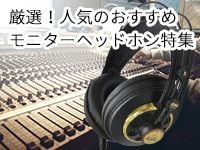 厳選!人気のおすすめモニターヘッドホン特集
厳選!人気のおすすめモニターヘッドホン特集
 ワイヤレスイヤホンの選び方 用途別おすすめランキング
ワイヤレスイヤホンの選び方 用途別おすすめランキング
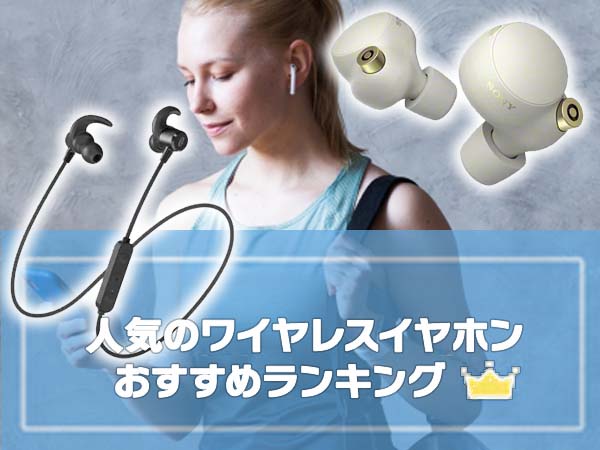 人気のワイヤレスイヤホン おすすめランキング
人気のワイヤレスイヤホン おすすめランキング
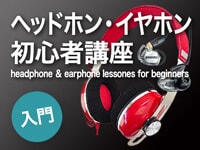 ヘッドホン初心者講座
ヘッドホン初心者講座















